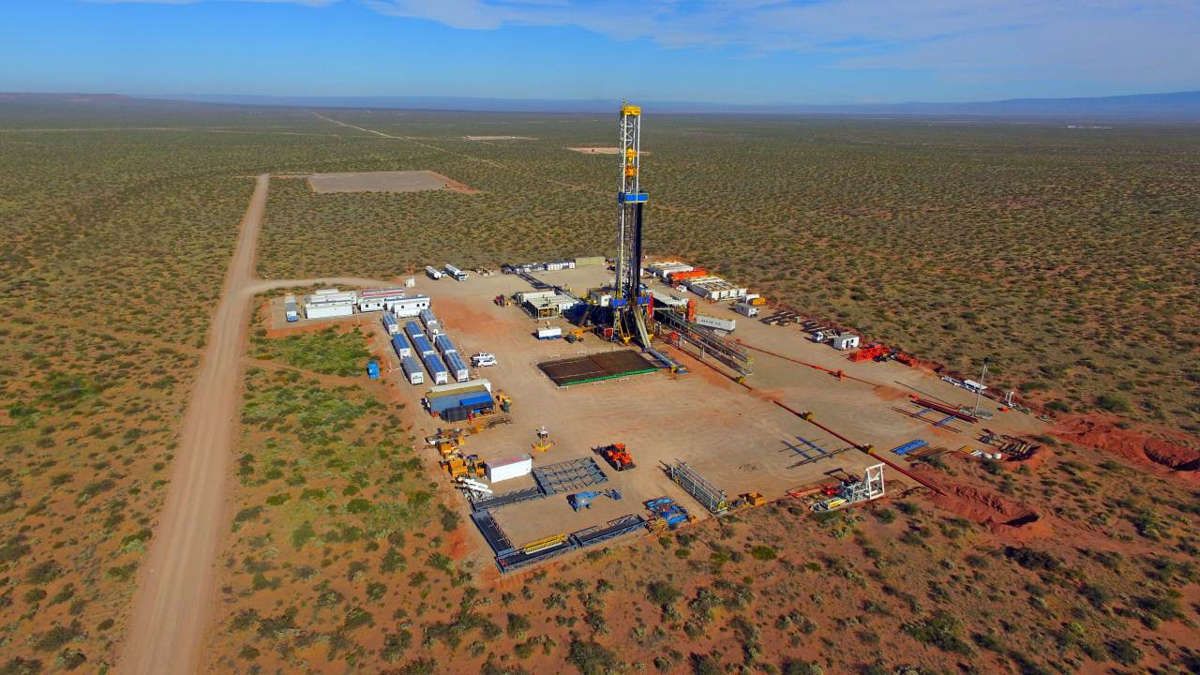(S&P Global Platts) Argentina’s natural gas producers are setting their sights on exporting supplies to the world market as a project gets underway to build a new pipeline that will allow them to boost production from the Vaca Muerta shale play to supply an eventual LNG export terminal, several executives said July 15.
Exporting LNG “would help monetize the great potential of Vaca Muerta because it would be enough to supply the local market and export,” Adrián Burtnik, a sales manager at Pluspetrol, the country’s sixth-biggest gas producer, said at the Gas Day seminar organized by the EconoJournal news website.
Argentina has been seeking for years to develop Vaca Muerta, one of the world’s biggest shale plays, to export gas. A financial crisis since 2018, however, has delayed the advances beyond increasing output from the play. Indeed, the country’s total gas production rose 12.1% to 136 million cu m/d in May from 121.3 million cu m/d in the year-earlier month, led by a 39% increase to a record 76 million cu m/d in production from Vaca Muerta and tight plays, according to Energy Secretariat data.
The growth has taken total output to a level in line with the country’s average demand of 140 million cu m/d, with peaks of 180 million cu m/d in winter. This is boosting the chances of increasing exports, which are now limited to less than a total of 10 million cu m/d in deliveries to Brazil, Chile and Uruguay.
To have enough production to warrant building a $10 billion project for exporting LNG, as the government has envisioned, several hurdles stand in the way.
The first is on the verge of being surmounted: the construction of a new pipeline that will boost the around 90 million cu m/d of takeaway capacity from Vaca Muerta by an additional 44 million cu m/d.
“We need to expand pipeline capacity as soon as possible,” Rodolfo Freyre, vice president of gas, power and business development at BP-backed Pan American Energy, said at the event.
He said that construction of the first 11 million cu m/d capacity of the pipeline, which is poised to start later this year, is a first step, but he added that the government must start the process for the rest of the line soon.
The urgency stems from the need to offset a decline in the around 16 million cu m/d of imports from Bolivia, where production is poised to decline. This will put at risk gas supplies in the north of Argentina, meaning that the new pipeline must be built as soon as possible to the center of the country to make up for the deficit in the north.
The big prize
Ricardo Ferreiro, director general of gas and power at Argentina’s Tecpetrol, the biggest gas producer in Vaca Muerta, said that while there are opportunities to step up deliveries to the local and regional market, the big prize is to export globally.
There are two reasons for this, he said. The first is the role that gas is expected to play in the energy transition to net-zero carbon emissions. The second is that Europe is looking for suppliers other than Russia in retaliation for its war on Ukraine.
Argentina is “strategically located to supply demand markets,” he said.
Argentina has the counter-seasonal benefit of being able to supply winter demand in the Northern Hemisphere when demand is low during the summer at home.
To make global exports happen, Ferreiro said the government and producers must take steps to speed up the construction of an LNG terminal.
“Instead of projecting to do it in seven or eight years, we must seek to do it in four or five,” Ferreiro said. “This will be perfectly possible if we move fast. If we want the initiative to be operational in five years, we have to start it today.”



